LinkPowerCharging delivers floor-standing and wall-mounted high-power DC charging infrastructure spanning 20kW to 540kW output, featuring single/dual-port configurations to address diverse energy replenishment needs. The ruggedized reliability verified systems incorporate intelligent power allocation algorithms, capable of sustaining high-density EV fleet operations. As demonstrated in ESS+EV integration scenarios, the multi-protocol auto-adaptation module dynamically decodes vehicle BMS parameters to optimize energy transfer efficiency.
Linkpowercharging delivers residential AC charging solutions in floor-standing and wall-mounted configurations, with output capacities spanning 7.6kW to 22kW for single/dual-port connectivity. All units integrate intelligent energy management systems backed by industrial-grade hardware architecture. The proprietary adaptive power distribution (APD) module optimizes multi-vehicle charging efficiency while preventing circuit overloads.
We provide ODM/OEM one-stop service solutions, including shape, structure, logo, software, hardware and other aspects of the full range of customized
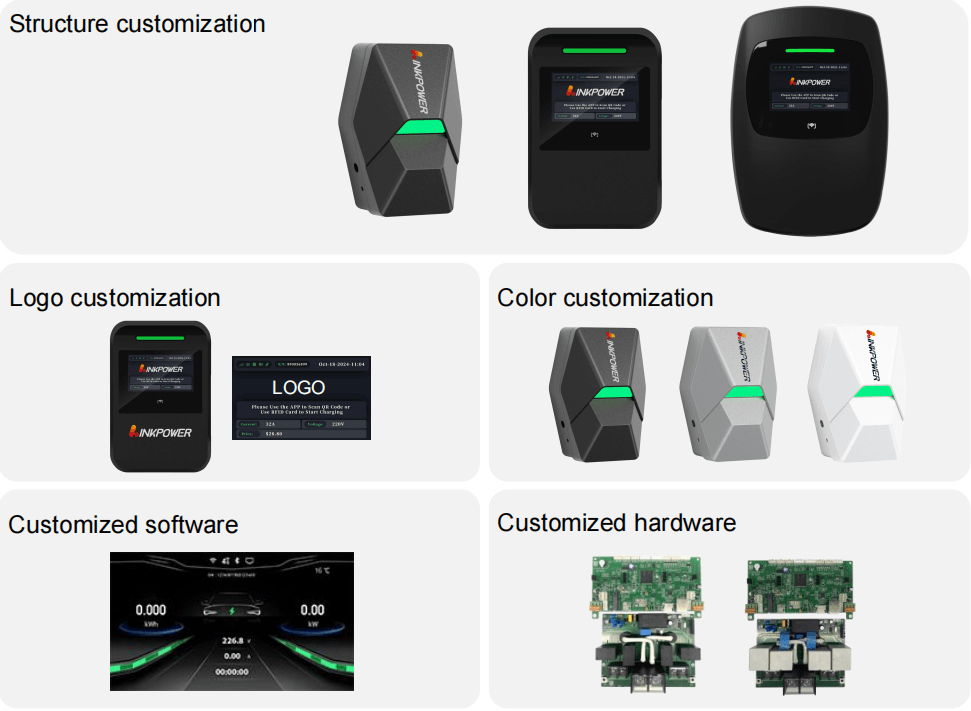
Multi-network redundancy ensures 0 downtime via real-time signal optimization
Multi-port intelligent allocation adjusts output per demand
Millisecond-level grid monitoring balances charging & facility loads
Geo-distributed charger control with bulk firmware updates
Modular units enable 20kW→540W capacity expansion
Dual-certified (ETL+IEC) with arc fault interruption
创新的电动汽车充电解决方案可满足各行各业的不同需求,提供高效的家用电动汽车充电器,包括适用于住宅环境的家用交流充电器,以及专为寻求快速可靠的充电基础设施的企业量身定制的耐用商用直流快速充电器。
60,000+ chargers were sold to 35+ countries like United States, Canada, Europe, Australia, South America etc.
Linkpowercharging provides electric vehicle charging stations that meet global standards, ensuring that your charging infrastructure is both reliable and compliant, helping you to build lasting customer trust through our expert support and high quality solutions.
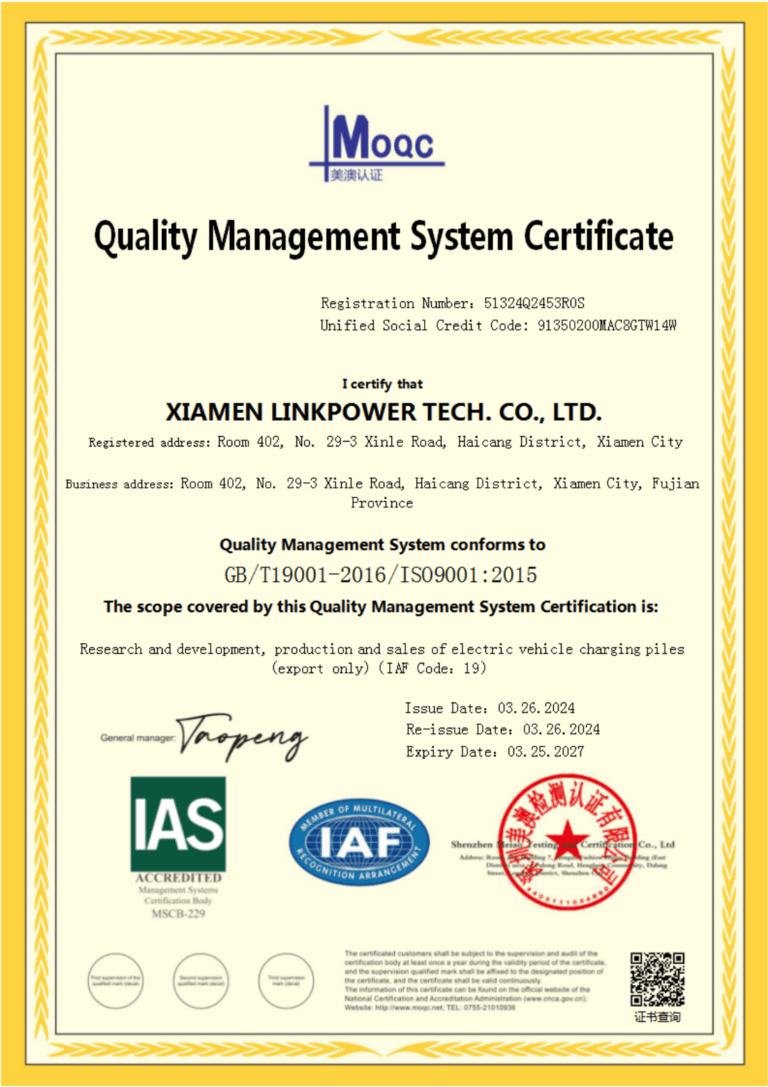

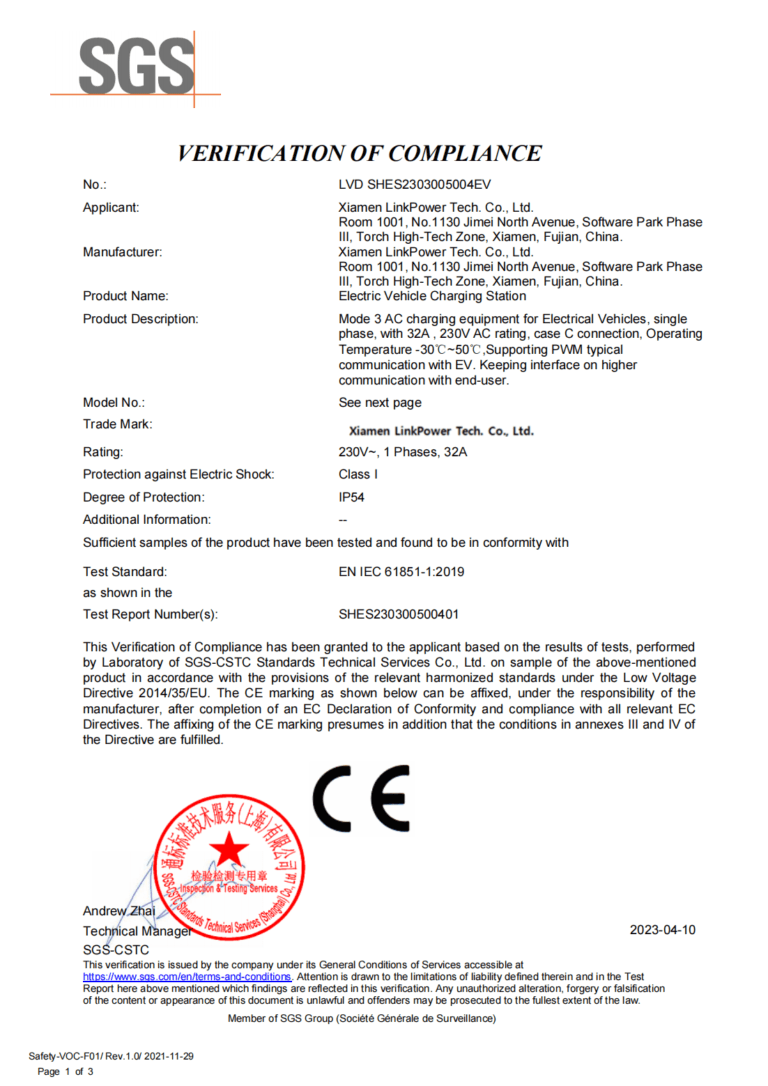
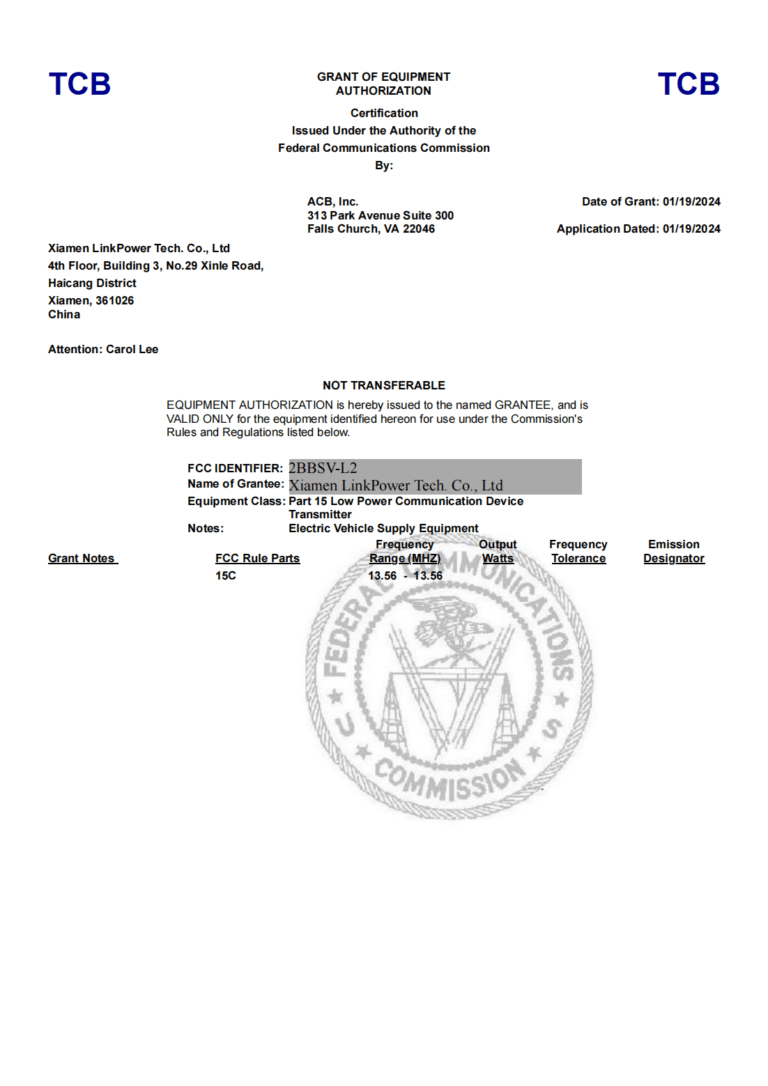
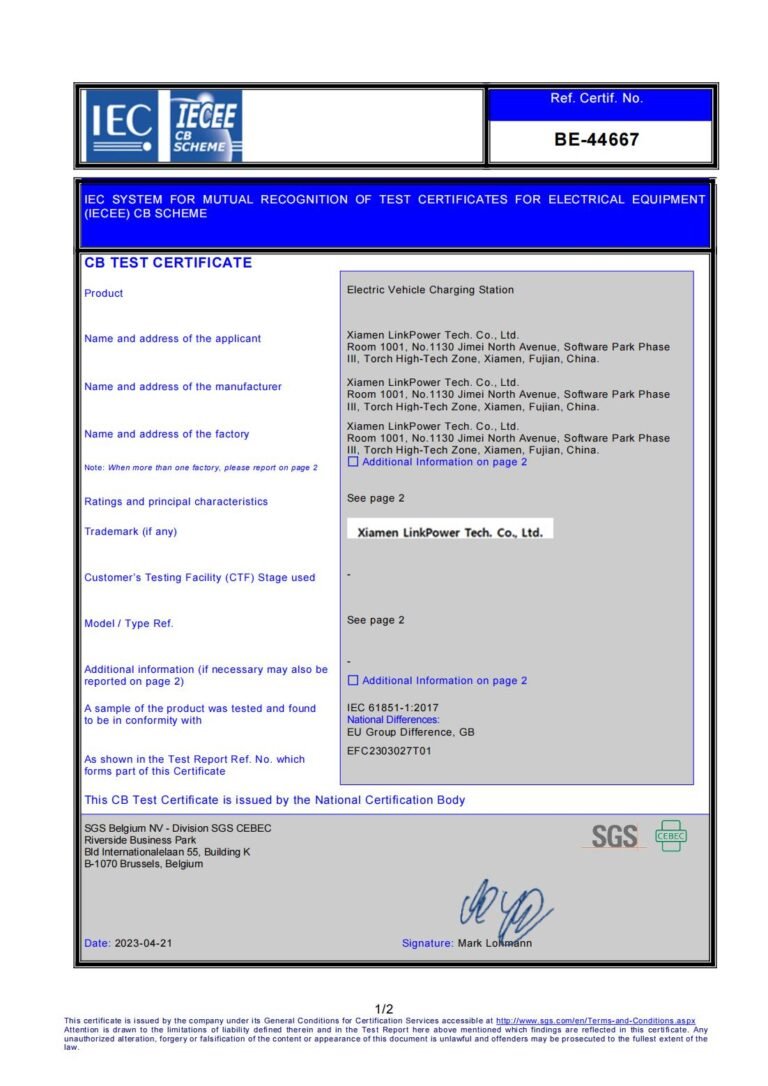
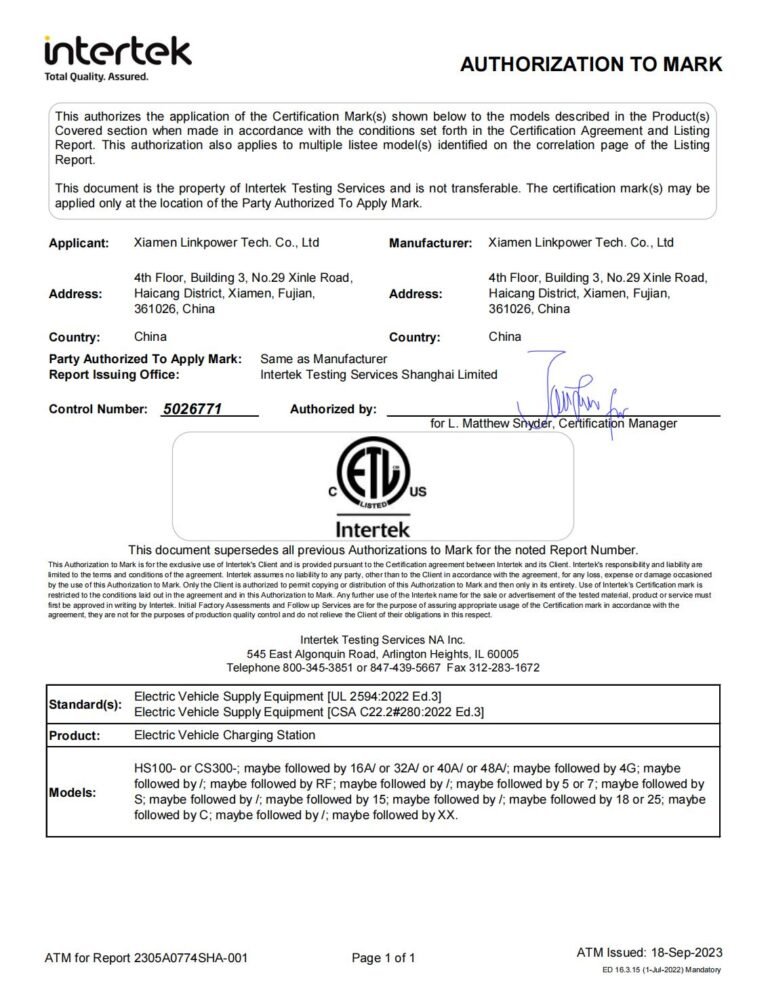
We have collected the following is a list of frequently asked questions and answers about ev charger for your reference!
AC chargers convert power from the grid to charge the EV battery slowly, typically overnight. DC chargers deliver power directly to the battery, enabling faster charging, often in 30-60 minutes.
AC chargers (Level 1 or 2) typically offer 3-22 kW, adding 10-60 miles of range per hour. DC fast chargers (50-350 kW) can add 100-200 miles in 20-30 minutes.
DC chargers are not practical for home use due to high cost, complex installation, and high power requirements. AC chargers are more suitable for residential settings.
DC fast chargers are ideal for long-distance travel as they provide rapid charging at public stations, minimizing downtime.
Installation costs range from $500 to $2,000, depending on charger type, electrical upgrades, and labor fees.
Yes, DC chargers are safe when used correctly, but frequent fast charging may slightly reduce battery lifespan over time.
A typical AC charger outputs 3.7 kW (Level 1) or 7-22 kW (Level 2), depending on the model and setup.
DC chargers are costlier due to advanced technology, higher power delivery, and complex infrastructure needs.
Yes, most EVs support both, but the charging port (e.g., CCS, CHAdeMO) must match the DC charger type.
It takes 20-60 minutes to charge to 80%, depending on the charger power and EV battery capacity.
Level 1 uses a standard 120V outlet, while Level 2 requires a 240V outlet, often needing electrician setup.
A 3.7 kW AC charger adds about 10-15 miles per hour, while a 22 kW charger adds 60-80 miles.
Check your EV manual or look at the charging port—CCS or CHAdeMO ports indicate DC fast charging compatibility.
Minimal—just keep it clean, check cables for wear, and ensure proper ventilation.
Modern EVs have thermal management systems to prevent overheating, but prolonged DC charging in hot weather may stress the battery.
我们将向您发送详细的技术信息和报价!